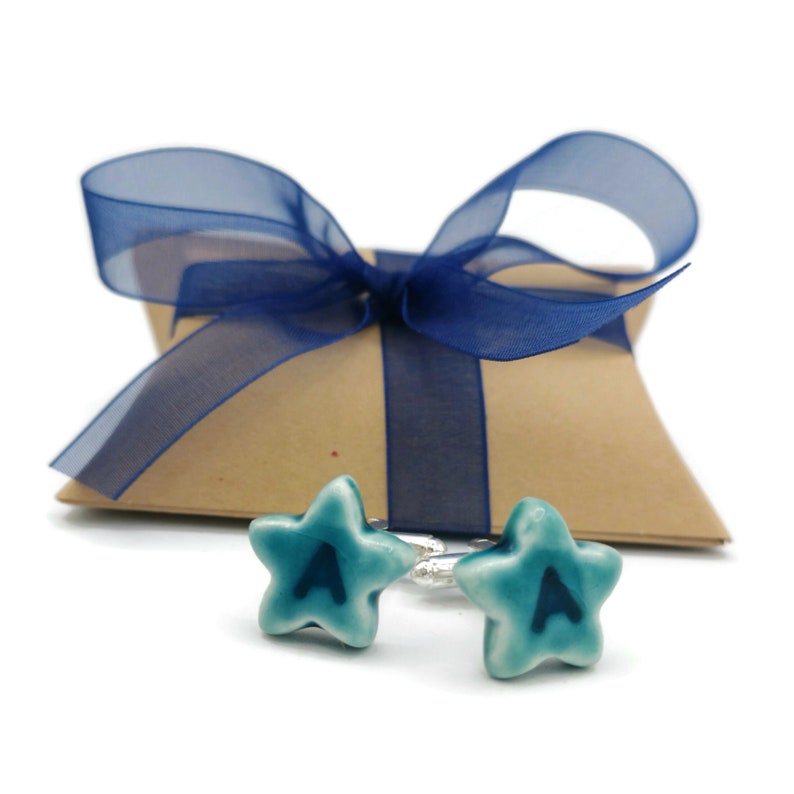Clay is a versatile and fundamental material in pottery and ceramics. There are many different types of clay available, each with unique properties and characteristics that make them suitable for different techniques and projects.
Earthenware clay: This is a type of low-fire clay that is easy to work with and is suitable for beginners. Earthenware clay has a porous texture and is typically fired at temperatures between 1,800 and 2,200 degrees Fahrenheit. It is the most comun clay and can be used for wheel throwing, hand-building, and sculpting pottery.
Stoneware clay: This is a type of high-fire clay that is more durable and stronger than earthenware clay. Stoneware clay is fired at temperatures between 2,200 and 2,400 degrees Fahrenheit, making it more resistant to wear and tear. It is mostly used for pottery with practical uses like plates, bowls and vases.
Porcelain clay: This is a type of ultra-high-fire clay that is extremely hard and strong. Porcelain clay is fired at temperatures between 2,400 and 2,800 degrees Fahrenheit, making it resistant to chipping and breaking. It is the better option for creating delicate objects such as fine bone china or figurines.
Choosing the right type of clay for your project will depend on your skill level, the techniques you want to use, and the final result you want to achieve. By understanding the properties of different types of clay, you can create beautiful and unique pottery and ceramics.
The 3 types of clay listed in this article can be easily found in craft stores or online. Each type is available in many colors and has different characteristics. Some will be better for sculpture, others for slab builting, for example.
Alternatively, you can use air dry clay. It is a type of clay that does not need to be fired in a kiln to harden. Instead, it dries naturally at room temperature over a period of time, typically 24 hours or more, depending on the thickness of the piece. This type of clay is easy to use and does not require any special equipment, making it perfect for beginners and children. Air dry clay can be painted, glazed or decorated with various mediums like acrylic paint, markers, or even natural pigments. However, it is not as durable as kiln-fired clay, and it is more prone to cracking or breaking if not handled carefully, and it is not suitable for making functional pottery, like dishes or vases.







